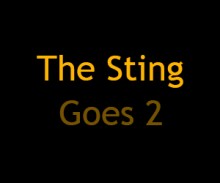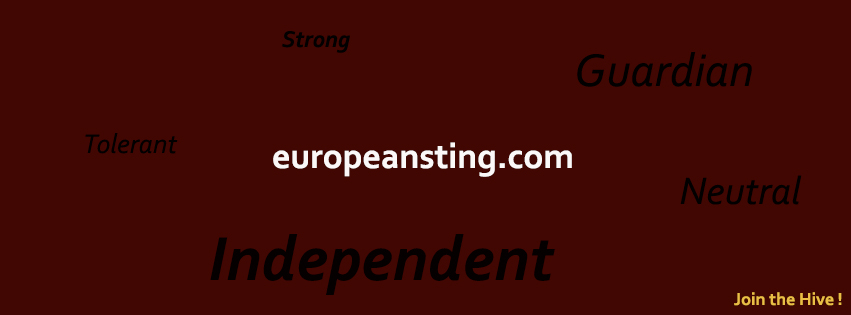
(UN Sustainable Development Goals, 2016)
This article was exclusively written for the Sting by Ms Ooko Lornah Akello, a final year medical student at University of Nairobi, Kenya. Ms Akello is affiliated to the International Federation of Medical Students Association (IFMSA). The opinion expressed in this piece belongs to the writer and does not necessarily reflect IFMSA’s view on the topic, nor The European Sting’s one.
Don’t we all dream and live to see the world become a better (ideally humanly perfect) place like is depicted and graphically created in the Sci-Fi movies we so love to indulge, right? So I believe that this was the very reason behind the Standard Development Goals (SDGs) and also their mother, the Millennium Development Goals (MDGs).
SDGs are a collection of interrelated 17 global goals set by the United Nations and ratified by member states. With each having its own targets (which sum up to a total of 169) to be achieved, ideally by 2030. How far 2030 seemed then. Time’s catching up and lapsing on those targets and it’s no longer funny.
Of the 17, number 3 which is “ensure healthy lives and promote well-being for all at all ages”, is the one directed towards health and geared towards achieving universal health coverage (UHC), a dream come true for me as an aspiring medic. But if we are to look closely and analyse the SDGs, you’ll be amazed at how they interplay and intermarry. All the SDGs have a synergistic relation to each other and so it goes without saying that SDG 3 is not the only one that affects health and the health sector.
If hunger is eradicated, achieving SDG 2, then malnutrition is curbed and under five mortality and morbidity reduces, lessening the health burden associated it. Provision of clean water and maintenance of constant supply and proper sanitation achieved (goal 6), results in reduction and possible eradication of diarrhoeal diseases which, especially in developing countries like my dear country Kenya, is a major health and economic burden. Reducing inequality, goal 10.
Doesn’t this just sit right at the core of achieving universal health coverage? If Goal 9 were achieved it would be marvellous. Imagine better roads and state of the art health facilities accessible to all. How efficient would emergency services be? By how much would mortality rate reduce? Wouldn’t it also be nice to have pharmaceuticals producing legitimate and quality drugs and maybe the discovery of the cure for cancer or maybe HIV if we invested in medical innovation?
One can only dream and wish. I recently learned of a colleague who is working on 3D virtual anatomical reconstruction. I was mind blown and just wondered what more is yet to be tapped. There’s a lot of potential out there.
I could ramble on and on and on. Such topics hold a special place in my heart and being a medical student that fire keeps burning more and more as I advance in this career path. But I hope this inspires someone or starts a ripple effect on just how, important it is to work on these SDGs together and how health and the SDGs are connected.
About the author
Ms Ooko Lornah Akello is a final year medical student at University of Nairobi, Kenya. She is a sixth year medical student whose major lessons are from experiences in medical school and associated fields. Ms Akello is a goal-oriented, focused and disciplined medical student who is interested in and loves working with people to bring about positive change towards a better future.



















Hi there Sting’s Team! This is an idea that you might like:
A VIRTUAL SUSTAINABLE CITY TO BUILD A BETTER FUTURE
Despite the high quality of life that some of the so-called developed nations have achieved, the truth is that the world, considered as a group of countries located in a fragile and geographically limited biosphere, is threatened with extinction due to human conflicts and the depredation of the environment.
Notwithstanding the good and very important actions taken by groups and individuals in favor of a better world, deterioration at all levels continues to increase dangerously.
After more than thirty years dedicated to these matters, and since “an image is worth a thousand words” we have come up with a novel idea of designing a model city that has all the characteristics of infrastructure and organization inherent to the peaceful and sustainable society that we want for ourselves and our descendants, whose representation in the form of scale models, animated series, feature films, video games and theme parks, would constitute a model to follow to generate the necessary changes.
The prototype that we present has some characteristics that are opposed, sometimes in a radical way, to the religious, economic, political and educational traditions and customs that have been transmitted from generation to generation, yet are the causes of the aforementioned problems, and therefore must be transformed.
If you are interested in knowing about this project, or even participating in it, we invite you to visit our website https://elmundofelizdelfuturo.blogspot.com/ (written in Spanish and English), where we are working in that sense.